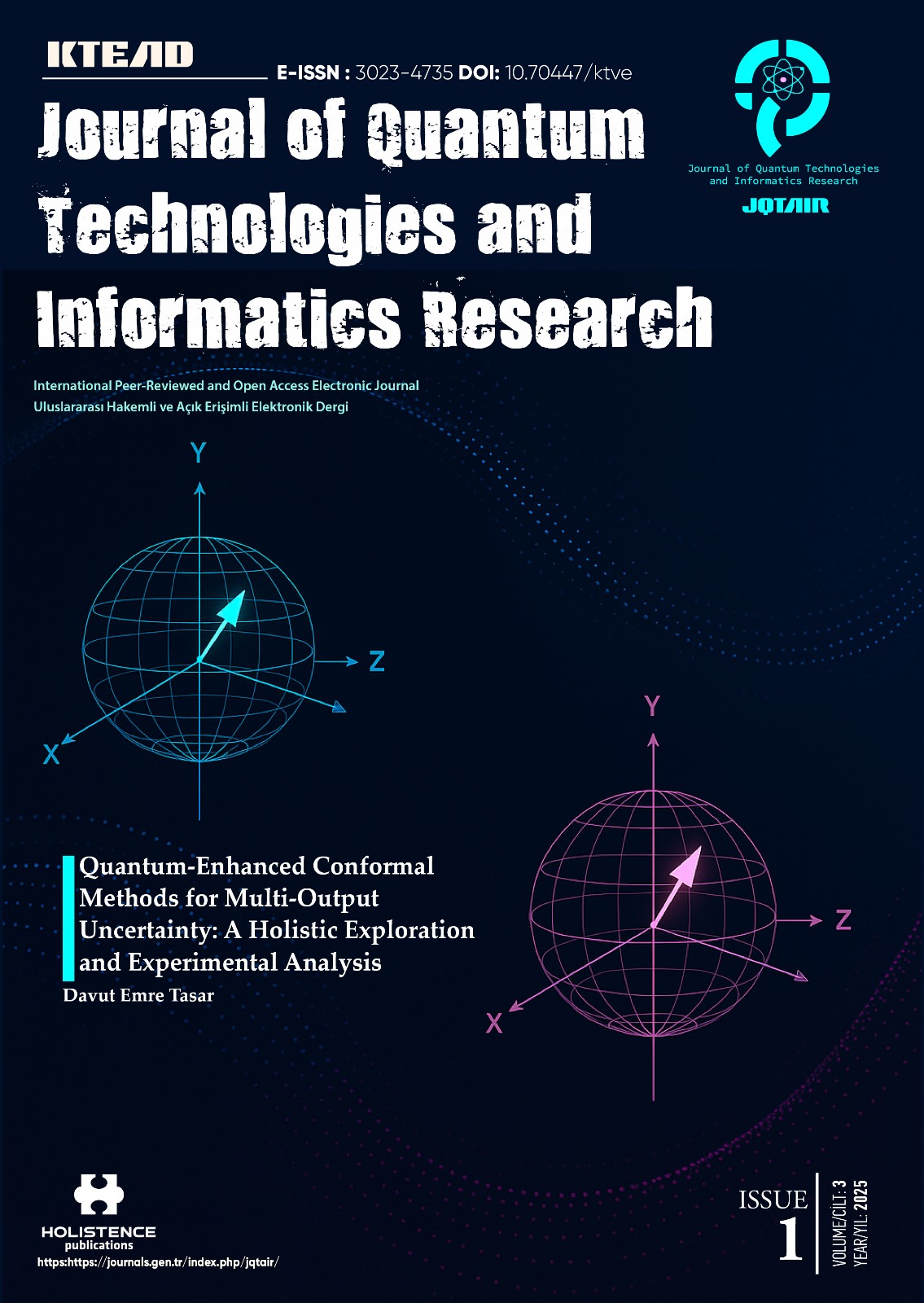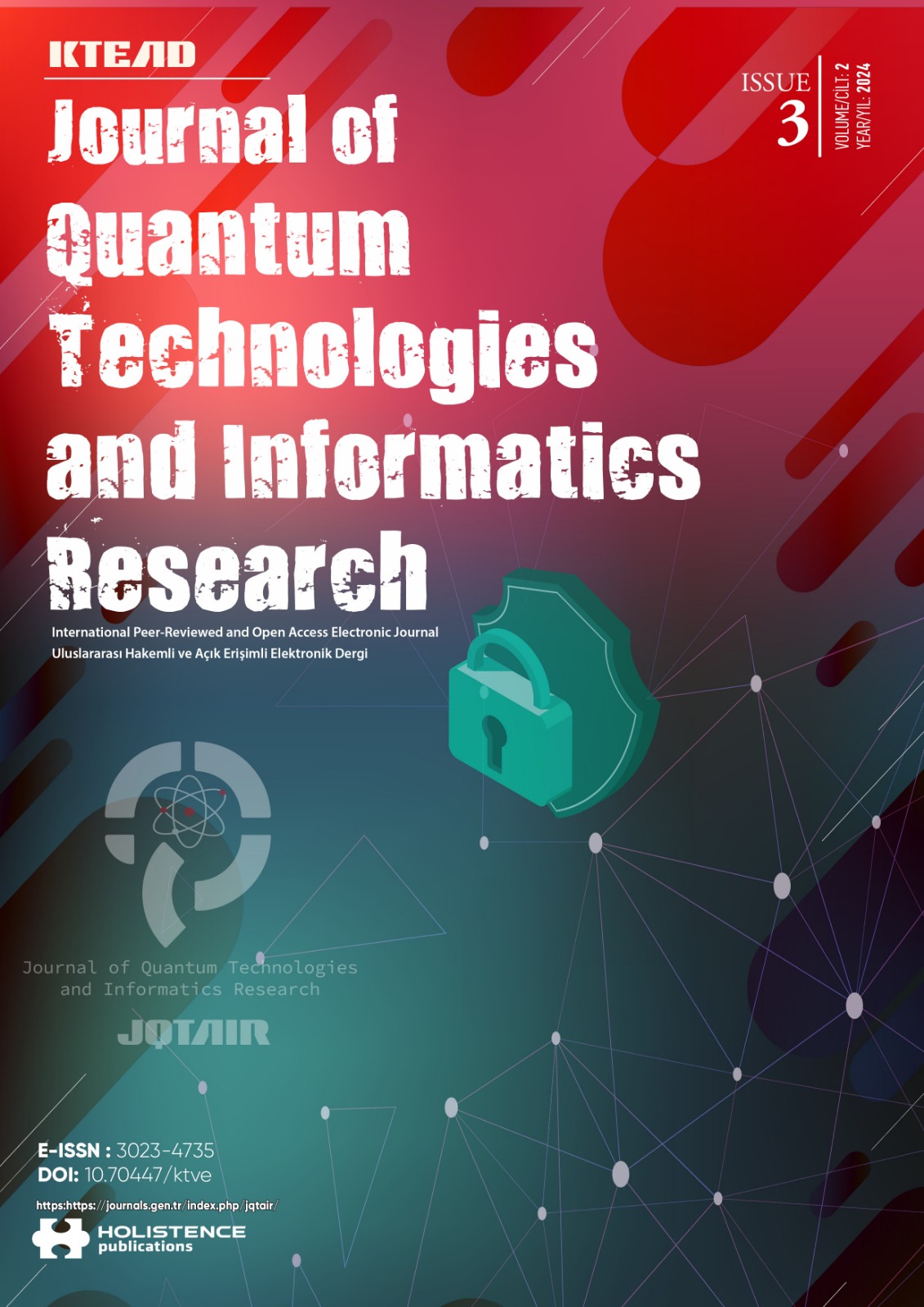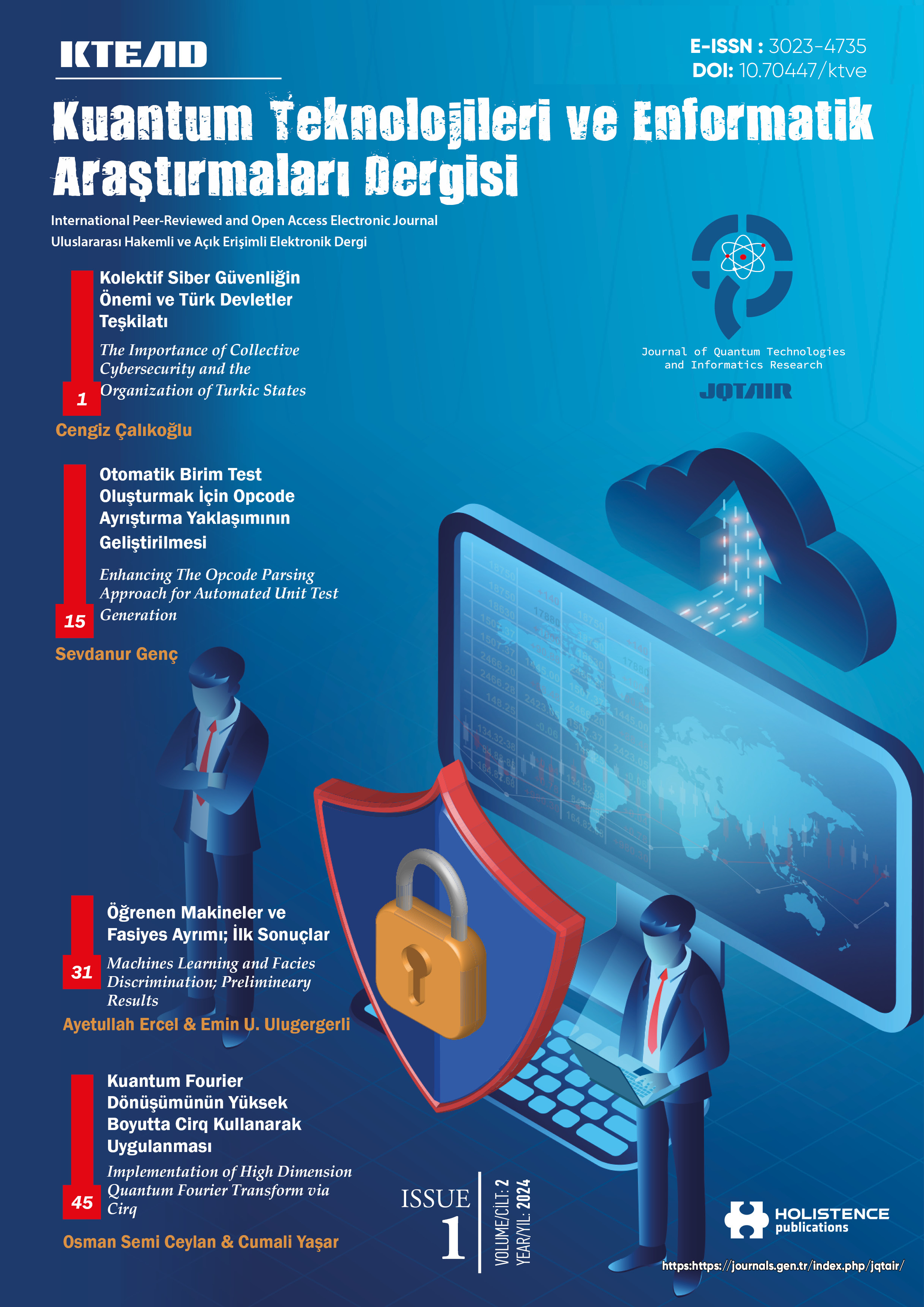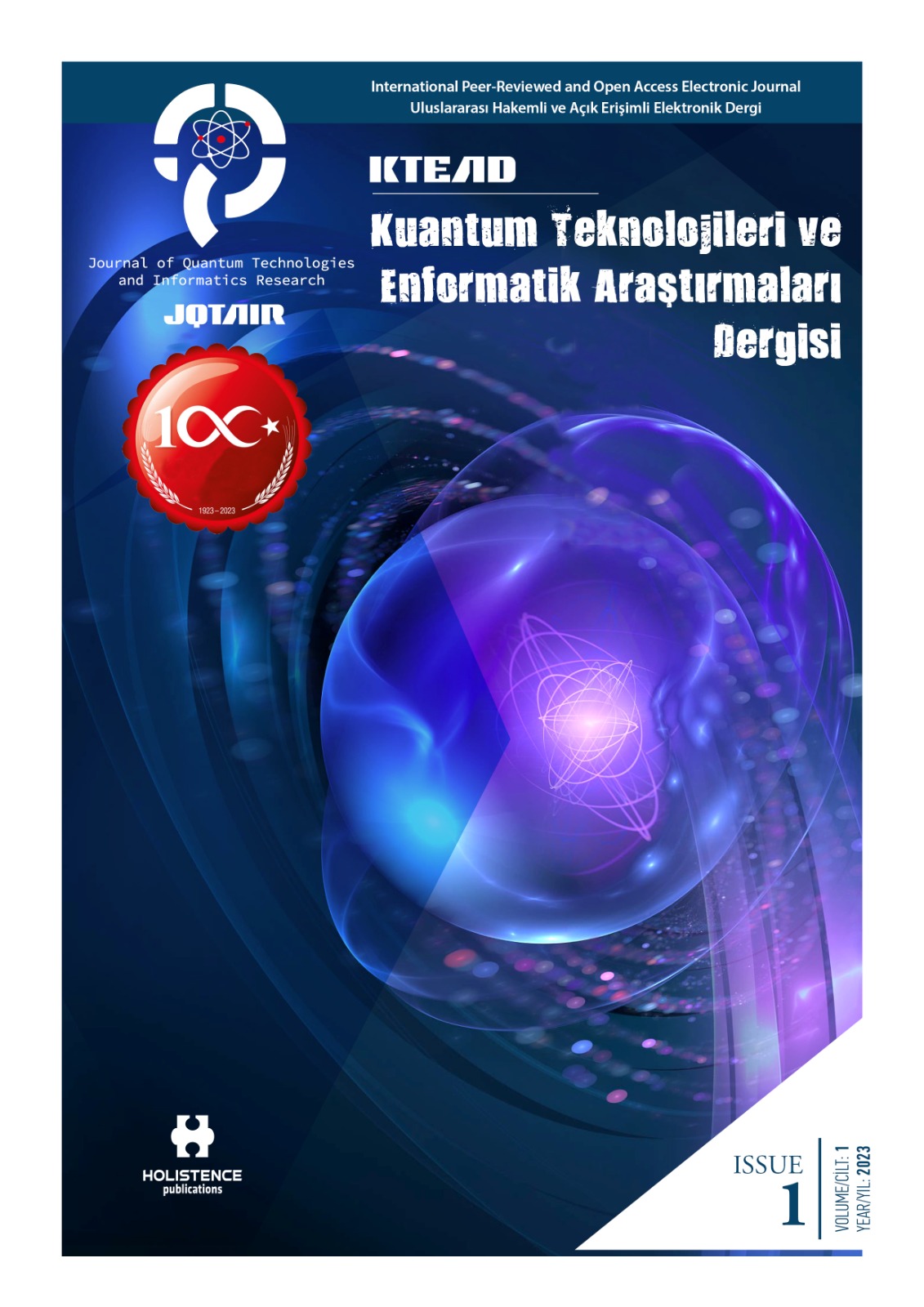Call for Papers for the March Issue of Call for Papers for the March Issue of JQTAIR
Dear Researchers,
The Journal of Quantum Technologies and Informatics Research (JQTAIR) has opened the call for papers for its March 2025 issue. Our journal, which features original and innovative studies in interdisciplinary fields such as quantum technologies, informatics, mathematics, computer science, and physics, aims to publish cutting-edge contributions in science and technology in this issue.









